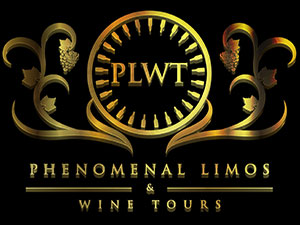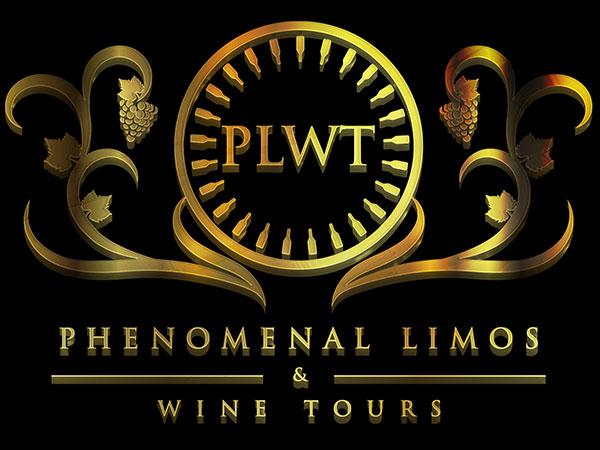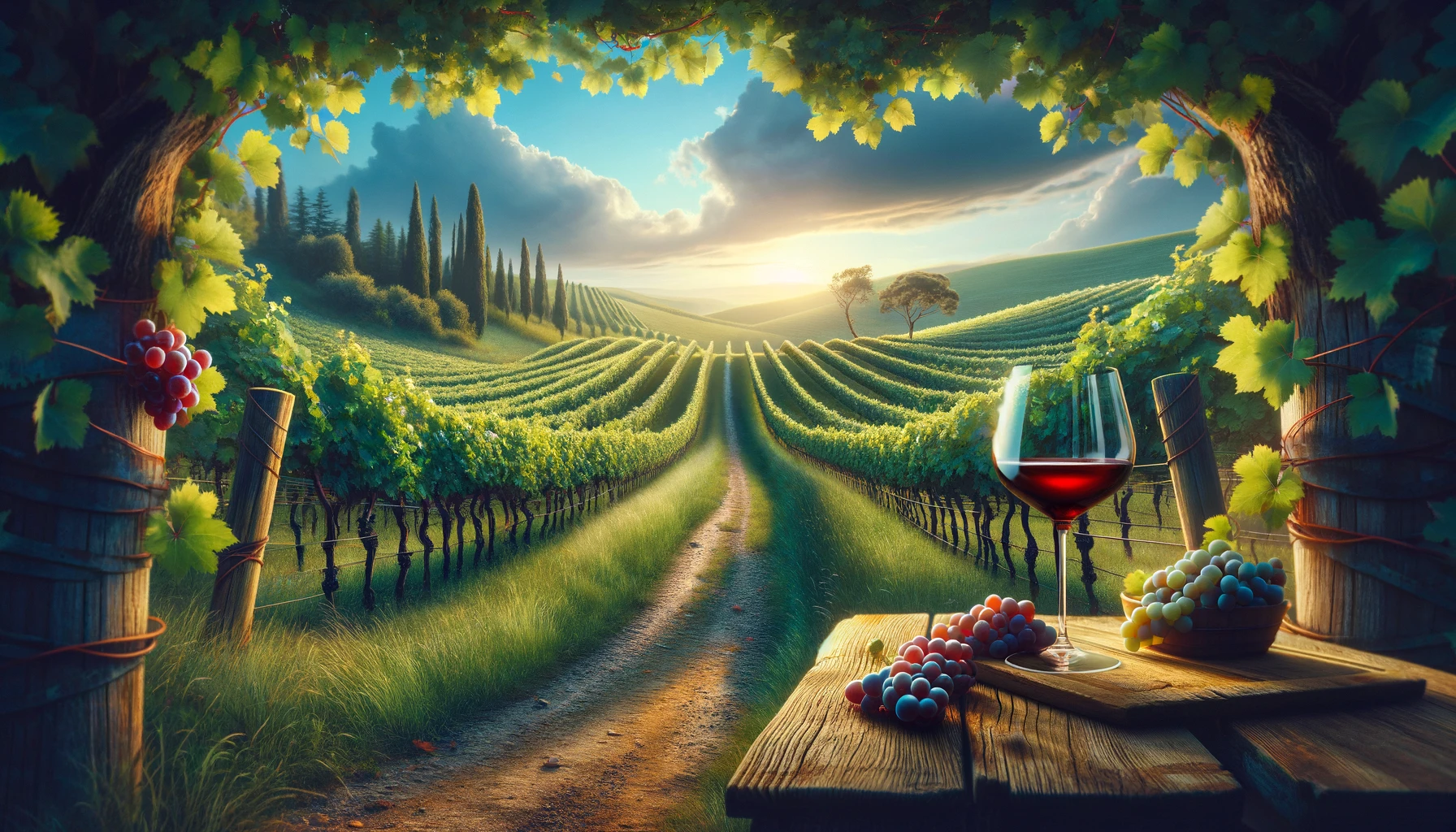
Wine tours offer a delightful blend of education and indulgence, transporting you to the heart of wine country. Prepare to be captivated by sprawling vineyards, intriguing production processes, and of course, the exquisite dance of flavors on your palate. This detailed outline explores the captivating world of wine tours, diving into the key experiences that await you.
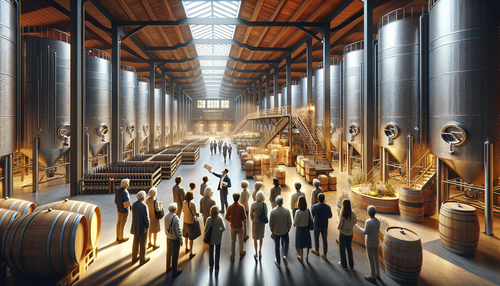
Behind the Scenes:Unveiling the Winery
Winemaking Journey
Crushing Pads and Fermentation Tanks: Witnessing the Transformation
Your winery tour delves into the heart of the operation: the crushing pad. Here, the magic begins as freshly harvested grapes arrive in large bins or gondolas. Witness the symphony of activity as a machine – often a destemmer-crusher – gently separates the grapes from their stems. This process helps prevent bitterness and allows for cleaner juice extraction.
Next, travel to the fermentation tanks, gleaming vessels where the true transformation unfolds. Depending on the wine style, the grapes may undergo a process called cold soak. Here, the crushed grapes macerate (steep) in a cool environment, extracting vibrant colors and bold flavors from the grape skins.
The guide then explains the magic of fermentation. Yeast, a microscopic organism naturally present on grape skins or commercially added, consumes the grape sugars and converts them into alcohol and carbon dioxide. This is where the “sugar” in the grapes transforms into the alcohol you taste in the finished wine! Different types of yeast strains can influence the final flavor profile.
Observe the various types of fermentation tanks used. Stainless steel tanks are popular for their temperature control capabilities, allowing winemakers to precisely manage fermentation for specific styles. Some wineries might showcase traditional methods using open-top wooden fermenters, which contribute a touch of earthy character to the wine.
Barrel Rooms and Cellars: Unveiling the Secrets of Aging
Prepare to be transported to a world of hushed reverence as you enter the barrel room. Here, rows upon rows of wooden barrels cradle the maturing wine. The guide explains the significance of barrel aging, a process that imparts complex flavors, aromas, and textures to the wine.
Learn about the different types of barrels used. French oak barrels are prized for their ability to impart subtle notes of vanilla, toast, and spice. American oak contributes bolder flavors like smoke, coconut, and caramel. The guide might even explain the fascinating practice of toasting, where the interior of the barrel is charred to a specific level to influence the intensity of these flavors.
Venture deeper into the cellars, cool, dimly lit spaces where wine patiently awaits its time to shine. Explore the various types of storage used. Concrete tanks provide a neutral environment for long-term aging. Clay amphorae, traditional vessels used for centuries, can impart unique mineral characteristics to the wine.
The guide might discuss the science behind racking, the process of transferring the wine from one barrel to another to remove sediment. You might even witness the fascinating technique of topping, where small amounts of wine are added to compensate for evaporation during aging.
Bottling and Labeling: The Final Touches
The journey nears its completion as you arrive at the bottling line. Witness the intricate dance of machinery that fills, corks, and seals each bottle. Learn about the different types of closures used, such as natural cork, synthetic corks, or screw caps. Each closure has its advantages and influences the aging potential of the wine.
Finally, explore the world of labeling. The guide explains the legal requirements for wine labels, including details like grape varietals, alcohol content, and origin. You might even get a glimpse into the creative process behind designing eye-catching and informative labels.
Unveiling Quality Control: Ensuring a Perfect Product
The journey from grape to glass is meticulously monitored to ensure every bottle reflects the winery’s intended style and delivers a consistent, enjoyable experience. This meticulous process, known as quality control (QC), plays a critical role in maintaining the winery’s reputation and customer satisfaction. Let’s delve deeper into the rigorous measures employed by winemakers to guarantee a perfect product.
The Importance of Rigorous Measures:
Winemaking involves countless variables, from grape selection to fermentation techniques. QC ensures consistency throughout the process, preventing defects and guaranteeing a high-quality final product. Here’s why QC is crucial:
- Maintaining Brand Reputation: Consistent quality builds trust with consumers. A single bad bottle can damage the winery’s image, while consistently good wines cultivate loyal customers.
- Ensuring Consumer Safety: QC procedures identify and eliminate potential hazards, such as microbial contamination or excessive sulfites.
- Optimizing Production Efficiency: Identifying problems early saves time, resources, and prevents wasted product.
- Achieving Desired Style: Winemakers have a vision for each wine. QC helps them achieve that vision by monitoring and adjusting parameters throughout the process.
Unveiling the Scientific Arsenal: Chemical Analysis
Modern wineries rely on sophisticated scientific tools to analyze wine at various stages. These analyses provide valuable insights into the wine’s health, composition, and adherence to quality standards:
- Sugar Analysis: Measuring sugar content is crucial for determining the potential alcohol level of the wine. Early detection of high or low sugar levels allows adjustments during fermentation.
- Acidity Analysis: Wine’s acidity plays a vital role in stability, taste, and aging potential. QC monitors acidity throughout production to ensure optimal levels.
- Alcohol Analysis: Measuring alcohol content ensures compliance with regulations and desired style.
- Free and Bound SO2 Levels: Sulfur dioxide (SO2) is a natural preservative used in winemaking. QC monitors free and bound SO2 levels to prevent spoilage while ensuring consumer safety.
- Phenolic Analysis: Phenolics, such as tannins, contribute to a wine’s color, structure, and bitterness. Monitoring phenolic compounds helps achieve the desired style and mouthfeel.
The Art Meets Science: Sensory Evaluation
While chemical analysis provides valuable data, a wine’s true essence is ultimately judged by the human palate. Here’s where the skilled artistry of professional tasters comes into play:
- The Tasting Panel: Composed of experienced winemakers, enologists (wine scientists), and sometimes external consultants, the tasting panel rigorously evaluates wines at various stages.
- Sensory Analysis: Tasters assess the wine’s appearance (color, clarity), aroma (fruit notes, floral notes, earthy notes), taste (sweetness, acidity, tannins, body, balance), and finish (length of taste after swallowing).
- Calibration and Training: Tasters regularly participate in calibration exercises to ensure consistency in their evaluations.
- Identifying Flaws: The tasting panel can detect off-aromas, unbalanced flavors, and other flaws that might escape chemical analysis.
- Blending Decisions: Sensory evaluation plays a crucial role in blending decisions. Tasters assess how different wines combine to achieve the desired style and profile.
The Synergy of Science and Art:
QC isn’t just about following a rigid checklist. It’s a dynamic interplay between scientific analysis and the skillful interpretation of those results by human tasters. This synergy ensures that every bottle reflects the unique character of the grapes, the winemaker’s vision, and ultimately, delivers a delightful experience for the consumer.
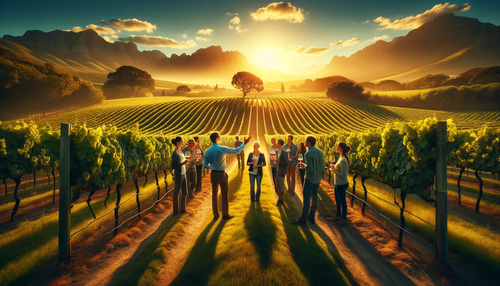
Unveiling the Vineyard:
A Journey Through the Vines
Arrival and Welcome:
- Your wine tour adventure begins the moment you arrive at the winery. A friendly and knowledgeable guide will greet you, setting the tone for a warm and welcoming experience. They will likely introduce themselves, share their background and experience in the wine industry, and provide a brief overview of the tour itinerary.
- This is also a great opportunity to meet your fellow wine enthusiasts. Mingle with the group, share your excitement about wine, and discover if there are any other aficionados with whom you can swap tasting notes and experiences throughout the day.
Setting the Scene:
- Before venturing into the picturesque vineyards, your guide will likely take you to a designated area within the winery for a brief introduction. This is where you’ll embark on a captivating journey into the winery’s history, philosophy, and the specific grape varietals they specialize in.
- Prepare to be enthralled by stories of the winery’s founding, the vision and passion that drives their operation, and the unique challenges and triumphs they’ve encountered along the way. Learn about the family traditions that may have shaped the winery, or the innovative techniques they’ve implemented to stand out in a competitive market.
- This introduction also sheds light on the winery’s “signature grapes.” The guide will likely discuss the specific varietals they focus on cultivating, the reasons behind those choices, and perhaps even some interesting facts about their history or suitability for the region’s terroir (more on that later!).
A Walk Among the Vines:
- Now, it’s time to truly immerse yourself in the heart of wine country. Your guide will lead you on a scenic walk through the sprawling vineyards, allowing you to witness firsthand the beauty and meticulous care that goes into grape cultivation. Breathe in the fresh air, feel the warmth of the sun (depending on the season), and appreciate the mesmerizing rows of vines stretching out before you.
- As you walk, take note of the different stages of grape development. You might see vibrant green clusters just forming, plump and sun-kissed grapes nearing harvest, or even newly bare vines after the season’s bounty has been collected.
Unveiling the Terroir:
- While strolling through the vineyards, your guide will likely delve into the concept of “terroir.” This French term encompasses the unique combination of climate, soil, and topography that influences the character of grapes grown in a specific region.
- Learn how the amount of sunshine, rainfall, and temperature variations throughout the year impact the growth and flavor profile of the grapes. Discover the significance of soil composition, whether it’s rich and loamy or rocky and well-drained, on the final product. Explore the influence of topography, such as the slope of the vineyard or proximity to a body of water, in creating a distinctive microclimate for grape development.
Viticulture Practices:
- As you continue your exploration, your guide will likely shed light on the viticulture practices employed by the winery. This refers to the art and science of grape cultivation, encompassing everything from pruning and canopy management to pest control and irrigation techniques.
- Learn about the winery’s approach to sustainability. Are they committed to organic or biodynamic farming methods? Do they utilize water conservation techniques or innovative trellising systems? Understanding these practices provides valuable insight into the winery’s dedication to quality and environmental responsibility.
The Harvest: A Crucial Decision
- The Art of Timing: Grapes need to reach peak ripeness for optimal flavor and sugar content. Your guide will explain how factors like weather, grape variety, and desired wine style influence the harvest window. Learn about methods to assess ripeness, such as sugar levels and acidity testing.
- Hand vs. Machine Harvesting: Discover the advantages and disadvantages of each method. Handpicking allows for selective harvesting of the best grapes, but is labor-intensive. Mechanical harvesting is faster and more efficient, but may include less desirable elements like leaves and stems.
The Crush: Transforming Grapes into Must
- Breaking Down the Fruit: Witness the crushing process, where grapes are gently destemmed and crushed to release the juice, also known as must. Learn about different crushing techniques and their impact on the final wine style. For example, some red wines benefit from whole cluster inclusion, where some stems remain to add complexity.
Fermentation: The Magic of Yeast
- Unlocking the Potential: Explore the fascinating world of fermentation. Yeast, a single-celled organism, consumes the grape sugars and converts them into alcohol and carbon dioxide. Learn about different types of yeast strains and their influence on the wine’s character. Discover how factors like temperature control play a crucial role in managing the fermentation process.
Aging: Refining the Wine
The Importance of Time: After fermentation, the young wine undergoes a period of aging. Your guide will explain the various aging techniques, such as stainless steel tanks, oak barrels, or concrete vessels. Each method imparts unique characteristics to the wine, influencing its flavor profile, texture, and complexity. Learn about the impact of aging time on the final product.
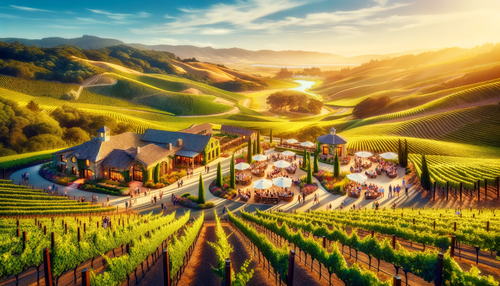
The Grand Finale: The Art of Wine Tasting
The Art of the Tasting Room:
- Environment: A well-designed tasting room sets the stage for a focused and enjoyable experience. Proper lighting is crucial, with neutral tones avoiding any color casts that could influence your perception of the wine’s hue. Ideal temperatures should be maintained, typically cooler for white wines and slightly warmer for reds. Minimize distractions with comfortable seating and quiet surroundings to allow you to fully concentrate on the sensory journey ahead.
- Glassware: The shape and size of the glass significantly impact your tasting experience. Wine glasses are designed to concentrate aromas and direct the wine to specific areas of your tongue for optimal flavor perception. For example, white wine glasses tend to be narrower, focusing on the lighter, delicate aromas, while red wine glasses have a wider bowl to allow for swirling and appreciation of bolder bouquets.
Preparing Your Palate:
- Neutralize Your Palate: Before each tasting, cleanse your palate with water or a small piece of bread to ensure you’re starting with a fresh slate. Avoid strong flavors like coffee, cigarettes, or heavily perfumed products that can interfere with your ability to taste the subtleties of the wine.
- Minimize External Influences: Certain medications or recent meals can alter your taste perception. If possible, avoid taking medications that might affect your taste buds before the tour. Come hungry, but avoid a heavy meal beforehand, as a full stomach can dull your palate.
Visual Evaluation:
- Color: Hold the glass up to the light to assess the wine’s color. For white wines, this can range from pale yellow to a deeper gold, hinting at the grape varietal and age. Red wines showcase a spectrum from light ruby to deep purple, indicating grape type and aging.
- Clarity: A clear wine, free of sediment, is generally considered desirable. However, some premium wines, particularly unfiltered reds, may have a slight haze.
- Viscosity: Swirl the wine and observe how it clings to the glass. “Legs” or streaks running down the sides can indicate the wine’s alcohol content and body weight. Thicker legs suggest a fuller-bodied wine, while thinner legs point to a lighter style.
The Art of Swirling:
- Unlocking the Aromas: The act of swirling gently aerates the wine, releasing its volatile aromatic compounds. Hold the glass by the stem and swirl it in a circular motion. Sniff deeply after swirling to appreciate the complex bouquet of the wine.
- Aromatic Profile: The bouquet refers to the collection of aromas emanating from the wine. These can be primary aromas derived from the grape varietal itself (fruity, floral, herbal), secondary aromas developed during fermentation (yeast, bread dough), or tertiary aromas acquired during aging (oak, spice, leather).
Savoring the Taste:
- The First Sip: Take a small sip and swish it around your mouth, coating your entire tongue. Pay attention to the initial impression of sweetness, acidity, and bitterness.
- Exploring the Balance: A well-balanced wine has a harmonious interplay between sweetness, acidity, tannins (for red wines), and alcohol. Acidity provides a refreshing liveliness, while tannins contribute to structure and mouthfeel.
- The Finish: Once you’ve swallowed, note the lingering taste sensation, known as the finish. A long finish suggests a more complex wine, while a shorter finish may indicate a lighter-bodied style.
Building Your Tasting Vocabulary:
- Fruit Flavors: Move beyond basic “fruity” and explore specific descriptors like red fruits (cherry, raspberry, plum), black fruits (blackberry, cassis, blueberry), citrus (lemon, grapefruit), stone fruits (peach, apricot, nectarine), tropical fruits (pineapple, mango, guava).
- Aromas: Learn terms for non-fruit scents like floral (violet, rose), herbal (mint, thyme, eucalyptus), earthy (mushroom, leather, truffle), spice (pepper, clove, cinnamon), and mineral (wet stone, flint).
- Texture: Describe the mouthfeel using terms like smooth, tannic (grippy), acidic (crisp, zesty), creamy, full-bodied (weighty), or light-bodied (delicate).
Identifying Your Preferences:
- Beyond Basic Likes and Dislikes: Move from “I like it” or “I don’t like it” to describe what aspects resonate with you. Do you prefer bold, fruit-forward wines, or more subtle, nuanced ones?
- Balance is Key: Learn to identify a well-balanced wine where acidity, sweetness, tannins, and alcohol complement each other.
- Matching Wine with Food: Discuss how certain flavors in wine pair well with specific foods.
Engaging with the Winemaker: A Two-Way Conversation:
- Asking Insightful Questions: Don’t be afraid to ask about the winemaker’s choices, inspirations, and challenges during the winemaking process.
- Sharing Your Observations: Describe the specific flavors and aromas you experienced in the wine, and ask if they align with the winemaker’s vision.
- Seeking Recommendations: Based on your preferences, ask the winemaker for suggestions on other wines you might enjoy.
By actively using tasting terms and reflecting on your preferences, you can transform your tasting experience from passive consumption to a more interactive and insightful journey. This newfound language empowers you to engage with the winemaker in a meaningful way, fostering a deeper appreciation for the artistry and passion behind each bottle.
By following these steps and focusing on each sensory aspect, you’ll be well on your way to appreciating the intricacies and nuances of every wine you taste.
Conclusion
A wine tour promises an unforgettable journey, weaving together the beauty of nature, the science of winemaking, and the joy of discovery. As you depart, take with you newfound appreciation for this delightful beverage, and cherished memories from your exploration of the world of wine.
